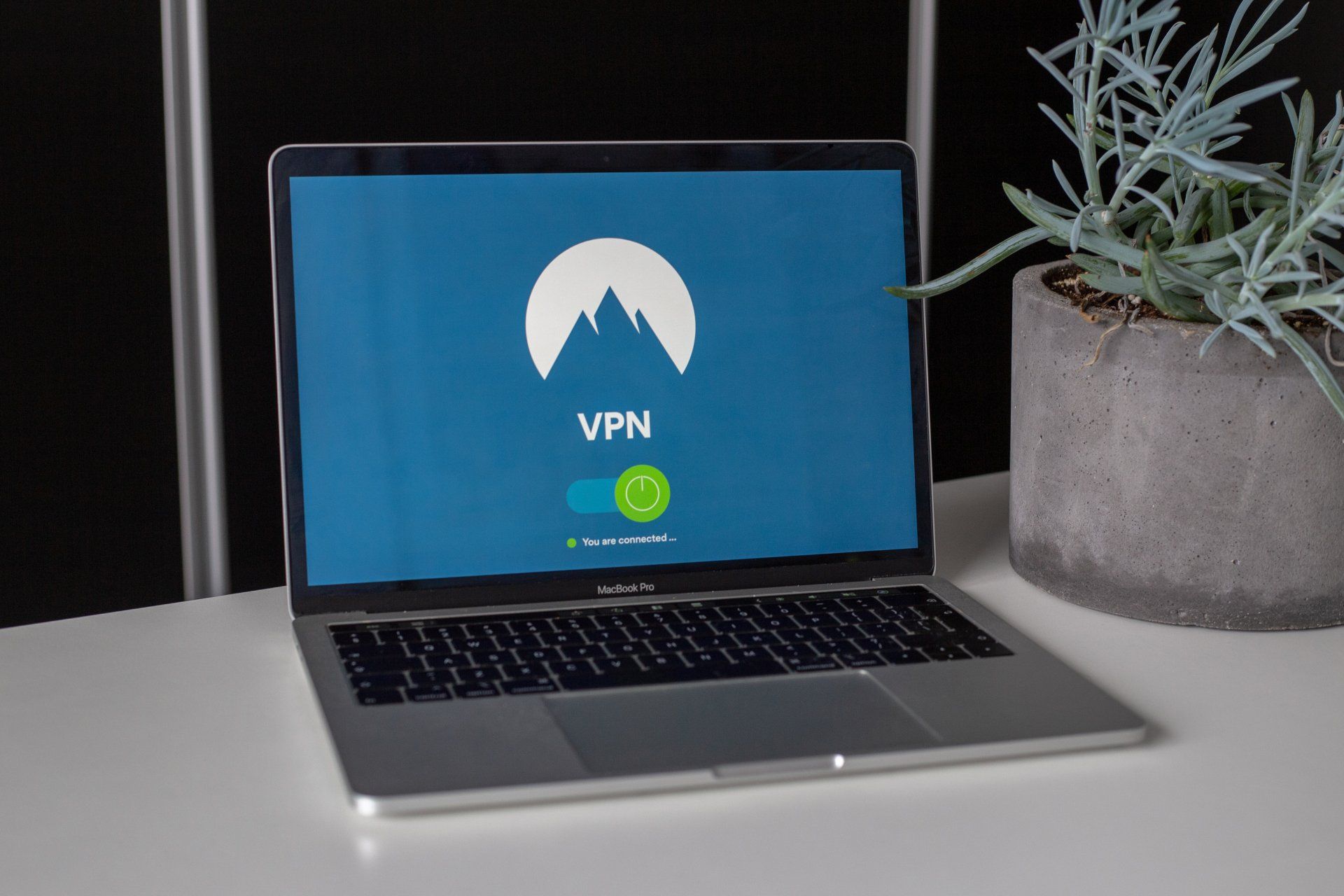OSINT (Open Source Intelligence)
Unveiling the Power of Public Information in the Digital Age: Leveraging publicly available information from a wide array of sources, OSINT provides a unique vantage point for understanding and assessing potential threats, gathering strategic insights, and making informed decisions. In this comprehensive exploration, we delve deep into the world of OSINT, unraveling its methodologies, applications, and the critical role it plays in contemporary intelligence operations.
Understanding OSINT
At its core, OSINT is the practice of collecting and analyzing information derived from openly available sources. These sources encompass a vast spectrum of mediums including, but not limited to, the internet, social media, public records, academic papers, news articles, and other publicly accessible data repositories. OSINT focuses on non-sensitive, unclassified information, making it a legal and ethically sound method for intelligence gathering.
The Breadth of OSINT Sources
- Web-based Data: Websites, forums, blogs, and social media platforms serve as rich reservoirs of information. This includes not only text-based content but also images, videos, and audio files.
- Public Records: Government databases, court records, business registries, and property records are invaluable sources for background checks and legal information.
- Media Outlets: Newspapers, magazines, television, and radio broadcasts disseminate news and information on a wide range of topics, providing critical insights into current events and trends.
- Academic and Research Papers: Journals, conferences, and research publications offer authoritative and specialized knowledge on various subjects.
- Online Communities and Forums: Discussion boards, social groups, and online communities serve as hubs for discussions, sharing of experiences, and exchange of information.
- Geospatial Data: Maps, satellite imagery, and location-based services provide a wealth of information about physical locations and their attributes.
Methodologies of OSINT
1. Collection:
This involves gathering data from various sources. This can be manual, where analysts browse through websites, or automated, leveraging tools and software designed for web scraping and data mining.
2. Processing:
The collected data is then organized, filtered, and analyzed to extract relevant information. This may involve aggregating data points, cross-referencing sources, and removing redundant or irrelevant information.
3. Analysis:
The processed data is subjected to in-depth analysis to identify patterns, trends, anomalies, and potential insights. This phase requires critical thinking, domain expertise, and the ability to connect disparate pieces of information.
4. Dissemination:
The findings are then presented in a format that is understandable and actionable for decision-makers. This could take the form of reports, briefings, or presentations.
OSINT in Practice
1. Cybersecurity:
OSINT plays a pivotal role in identifying potential security threats. By monitoring online forums and social media platforms, cybersecurity experts can uncover discussions and indicators of planned attacks or breaches.
2. Competitive Intelligence:
Businesses use OSINT to gain insights into their competitors. This includes tracking product launches, market strategies, customer sentiments, and other valuable information.
3. Law Enforcement:
Law enforcement agencies employ OSINT to aid in investigations. It can provide crucial background information on individuals, organizations, and events, aiding in criminal profiling and evidence gathering.
4. Geopolitical Analysis:
Governments and intelligence agencies utilize OSINT to monitor global events, track political developments, and gauge public sentiments. This helps in formulating foreign policy and making strategic decisions.
The Ethical Dimensions of OSINT
While OSINT is a powerful tool, it's not without ethical considerations. Respecting privacy, avoiding unauthorized access, and adhering to legal boundaries are paramount. Ethical OSINT practitioners operate within the bounds of law and respect the rights and privacy of individuals and organizations.




